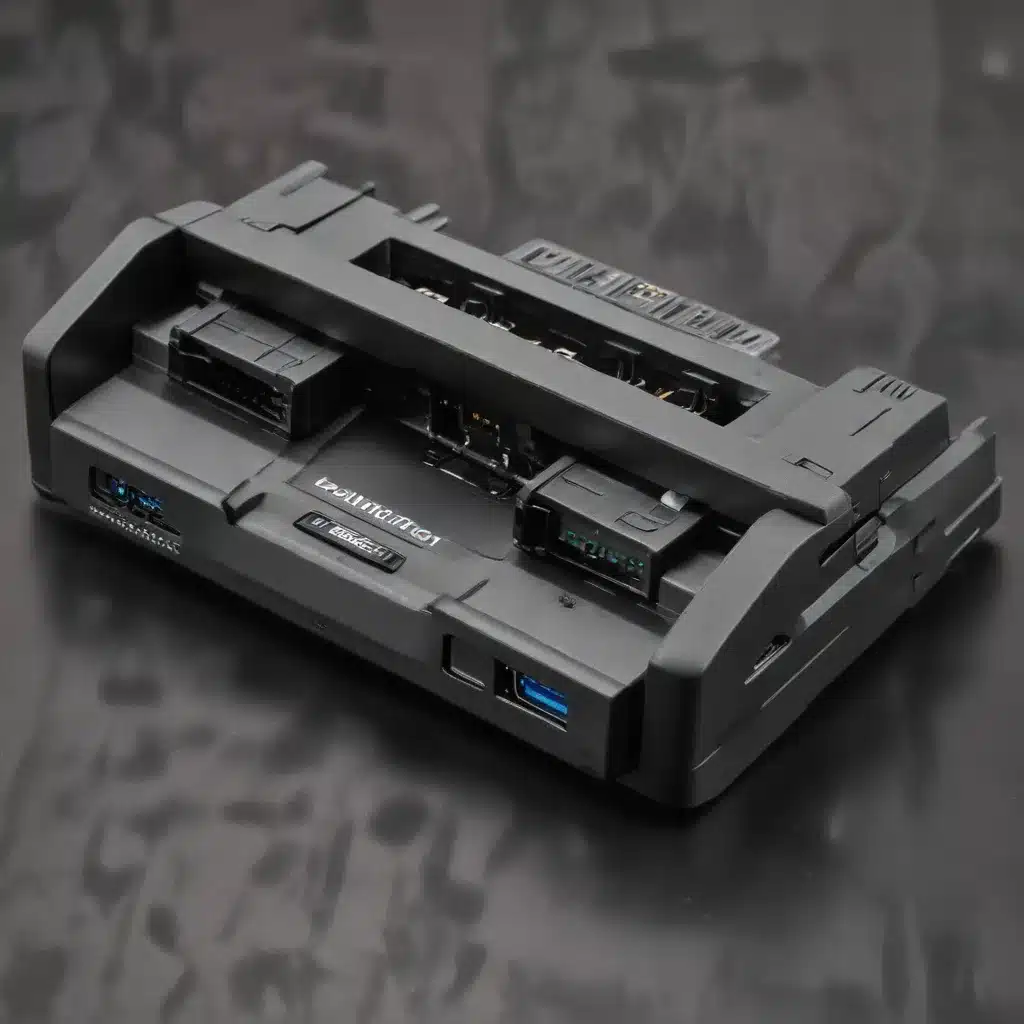
As an experienced IT professional, I understand the frustration that can arise when dealing with laptop docking stations and port replicators that suddenly stop working. These invaluable tools are designed to simplify our lives by providing seamless connectivity and expanded functionality, but when they malfunction, it can disrupt our workflow and productivity.
In this comprehensive guide, we’ll explore the common issues associated with laptop docking stations and port replicators, and provide practical troubleshooting steps to help you resolve these problems efficiently.
Understanding Docking Station and Port Replicator Malfunctions
Laptop docking stations and port replicators are essential accessories that allow users to expand the capabilities of their devices. These peripherals provide additional ports, such as USB, HDMI, Ethernet, and even power delivery, enabling you to connect multiple external devices, displays, and network connections to your laptop.
However, as with any technology, these accessories can sometimes encounter issues that prevent them from functioning as intended. Some of the most common problems include:
Connectivity Disruptions: Users often report intermittent or complete loss of connectivity when disconnecting and reconnecting their laptops to the docking station or port replicator. This can lead to the inability to use peripherals, access network resources, or display content on external monitors.
Hardware Compatibility Challenges: Certain docking stations or port replicators may not be compatible with specific laptop models or operating system versions, resulting in various compatibility issues.
Driver and Software Conflicts: Outdated or incompatible drivers, as well as software conflicts, can cause disruptions in the proper functioning of these accessories.
Power-related Problems: Issues with power delivery, such as the laptop not charging or the docking station not receiving sufficient power, can also contribute to malfunctions.
Troubleshooting Strategies
To address these problems and restore the reliable operation of your laptop docking station or port replicator, let’s explore a step-by-step troubleshooting process:
1. Check for Hardware Compatibility
Ensure that the docking station or port replicator you are using is compatible with your laptop model and the operating system installed. Consult the manufacturer’s website or product documentation to verify the compatibility requirements.
If the accessories are not officially supported, you may encounter difficulties in getting them to work reliably. In such cases, consider upgrading to a compatible model or exploring alternative solutions from the same or a different manufacturer.
2. Update Drivers and Software
Outdated or conflicting drivers can often be the root cause of connectivity issues. Start by checking the manufacturer’s website for the latest driver updates for your docking station or port replicator, as well as any related software, such as display or USB drivers.
Follow the manufacturer’s instructions to uninstall the existing drivers and software, then install the updated versions. This process may require a system reboot to ensure the changes take effect.
3. Perform a Power Cycle Reset
Sometimes, a simple power cycle reset can resolve connectivity problems. Here’s how to do it:
- Disconnect the docking station or port replicator from your laptop.
- Unplug the power cable from the docking station or port replicator and wait for 30-60 seconds.
- Reconnect the power cable to the docking station or port replicator, ensuring a secure connection.
- Reconnect the laptop to the docking station or port replicator.
This process can help reset the hardware and clear any temporary glitches that may have occurred.
4. Check for Firmware Updates
Manufacturers often release firmware updates to address specific issues or improve the overall performance of their docking stations and port replicators. Check the manufacturer’s website for any available firmware updates and follow the provided instructions to install them on your device.
Updating the firmware can help resolve compatibility problems, fix connectivity disruptions, and address power-related issues.
5. Isolate the Issue
If the above steps don’t resolve the problem, try to isolate the issue by testing the components individually. Connect the external devices (e.g., displays, USB peripherals) directly to the laptop to determine if the issue lies with the docking station or port replicator, or if it’s a problem with the laptop itself.
Additionally, try using the docking station or port replicator with a different laptop to see if the issue persists. This can help identify whether the problem is specific to your laptop or the accessory itself.
6. Seek Manufacturer Support
If you’ve exhausted all troubleshooting options and the issue persists, it’s time to reach out to the manufacturer’s support team. Provide them with detailed information about the problem, the steps you’ve taken to resolve it, and any relevant hardware and software details.
The manufacturer’s support team may be able to provide further guidance, suggest additional troubleshooting steps, or even arrange for a replacement if the accessory is still under warranty.
Preventing Future Malfunctions
To minimize the risk of future docking station or port replicator malfunctions, consider the following preventive measures:
-
Keep Software and Drivers Updated: Regularly check for and install the latest software updates, drivers, and firmware releases from the manufacturer to ensure compatibility and optimal performance.
-
Properly Disconnect and Reconnect: When disconnecting your laptop from the docking station or port replicator, follow the manufacturer’s recommended procedure to avoid potential issues.
-
Ensure Secure Connections: Verify that all cables are firmly connected and that the docking station or port replicator is securely in place.
-
Monitor Power Consumption: Ensure that the power supply for the docking station or port replicator is adequate and that the laptop is receiving sufficient power while connected.
-
Consider Upgrading: If you’re experiencing persistent issues, it may be worth considering upgrading to a newer, more compatible model that offers improved reliability and functionality.
By following these troubleshooting steps and preventive measures, you can minimize the frustration associated with docking station and port replicator malfunctions and maintain a seamless, productive computing experience.
Remember, the team at IT Fix is always here to provide additional support and guidance if you encounter any further challenges with your laptop accessories.












